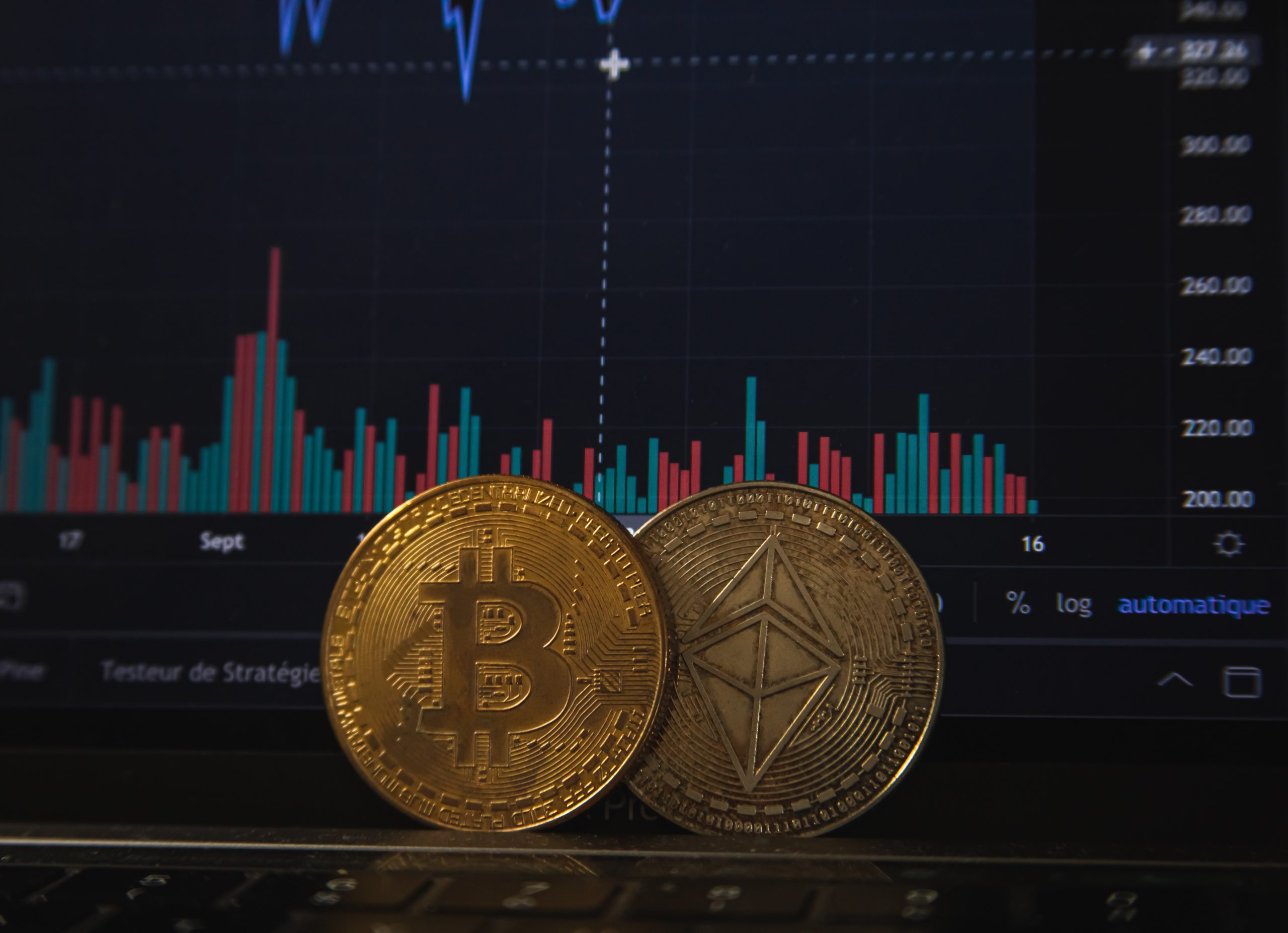Since its launch, the blockchain has been continuously updated. New data blocks are regularly added to it, which record user transactions. Everything that is recorded on the blockchain will remain there until the end of human civilization. In any case, curious great-grandchildren will be able to see exactly when you first changed USDT TRC20 to ERC20. In the Bitcoin network and other blockchains with the Proof of Work consensus algorithm, miners are responsible for forming blocks.

To add another block, you first need to solve complex equations generated by the blockchain. The miner who is the first to complete the task receives the right to add another block and a fixed reward in cryptocurrency.
The spirit of competition is exciting in itself, but when it comes to cash prizes, things take a completely different turn. Not surprisingly, miners began to build muscle, or rather, computing power. Ultimately, modern mining requires high-performance and sometimes very bulky equipment that can solve these problems very quickly.
A typical mining rig is not fundamentally different from a personal computer. It includes exactly the same components: central and graphics processor, motherboard, power supply, RAM and storage. But the further the technology develops, the narrower the specialization of equipment becomes.
ASIC – special-purpose crypto-miners on integrated circuits
An application-specific integrated circuit (ASIC) is specifically designed for cryptocurrency mining. It is important that these computerized devices are very highly specialized. If you have a Bitcoin ASIC miner in your hands, then you can only mine Bitcoin on it.
ASICs are expensive to design and manufacture, but these chips are faster compared to mining on consumer-grade CPU and GPU machines. The fact is that an ASIC miner is a rather complex device, an entire system of microprocessors with a cooling system. However, ASIC is specialized in mining a specific coin. If it stops making a profit, it is impossible to reconfigure the device and it will remain idle.
Field programmable gate array (FPGA) crypto miners
Field programmable gate array (FPGA), unlike ASIC, allows for reprogramming. If for some reason the user decides to mine another coin, the device can be configured again and adapted to a different mining algorithm. It sounds very tempting, but in practice it is a really difficult task.
Let’s compare ASIC and FPGA?
So, on one side of the scale is the recognized and time-tested ASIC mining method. On the other is FPGA mining, which is positioned as a new cost-effective and efficient method.
Ease of use
With ASIC everything is quite simple. You unbox the device, configure it, and connect it to the blockchain. This does not require deep technical knowledge. This number will not work with an FPGA; it is difficult to program. It’s impossible to do without special knowledge.
Adaptability
Here everything is exactly the opposite. An FPGA miner can be reprogrammed, but an ASIC that has lost its relevance can only be sold. Of course, if there is a buyer.
Energy efficiency
FPGA technology is actively developing, but in terms of this indicator they have not yet surpassed ASIC. However, FPGAs consume less power than CPUs and GPUs.
Price
The situation with price is about the same. ASIC miners are more expensive. The price of FPGA is more affordable, but the device will cost more than standard processors.
Which type of miner is better?

Traditionally, in such cases there are two news: one good, the other a little worse. Let’s start with the second one. If you were expecting a categorical and unambiguous answer, then the question is: what is better FPGA vs ASIC mining? – remains open. Simply because we are all too different and it will not be possible to take into account an infinite number of variables. The good news is that you have a choice of equipment that will best suit your goals and capabilities.
